sport started in Hiroshima wishing for peace.

ESCI tennis originated in Hiroshima after World War II and spread all over Japan. Japanese in their 50s or older may clearly recall the sport when hearing the name. We asked about the story behind the origin of ESCI tennis and its wish for peace.
-1024x723.jpg)
ESCI tennis was founded on August 6th, 1948, exactly three years after the atom bomb dropped on Hiroshima. On this day, the ESCI Tennis Founding Tournament was held in the plaza in front of the Hiroshima Children’s Culture Center in Motomachi, Naka-ku, Hiroshima. In 1949, this tournament served as the impetus to include ESCI tennis in physical education teaching materials for fifth grade and older students at Hiroshima Prefectural elementary schools. In 1951, it was introduced in the “Social Physical Education Teaching Guidelines” published by the Ministry of Education. This is how ESCI tennis gradually spread nationwide, mainly through schools.
-1024x688.jpg)
Standing in the center of the photo in Japanese clothing is Unomoto Makoto, an industrialist in Hiroshima. Shortly after the war, he came up with the idea for ESCI tennis.
He set the basic rules of the game and developed, provided, and distributed playing equipment. It was first called “Hanetsuki Tennis” and later officially named “ESCI Tennis.” ESCI was the abbreviation for “Education, Science and Culture Institute” that was working to spread peace from Hiroshima for the city’s recovery from the atom bomb. This friendly name was also in line with Unomoto’s idea of “contributing to peace through sports.”
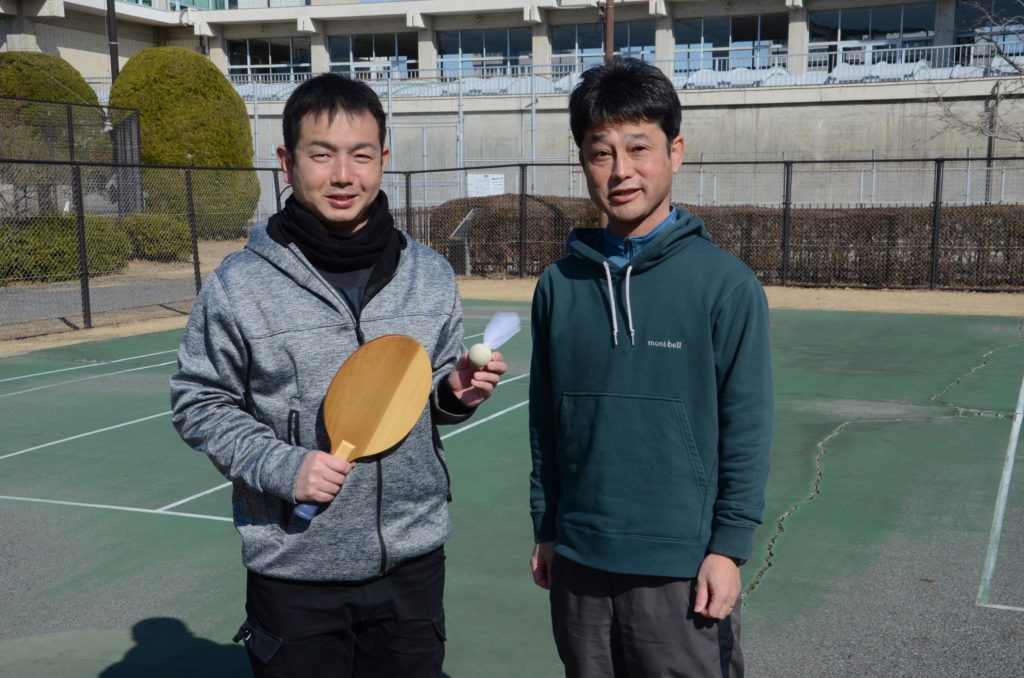
On the right in the photo is Yatsurugi Manabu from the Japan ESCI Tennis Federation. He says, “Whenever I’m asked what kind of sport it is, I always say that it’s like tennis, table tennis, and badminton rolled into one. Anyone can play it, but even a college student can lose to an 80-year-old elderly player. It’s because the sport requires strategy and has depth. This is what makes ESCI tennis appealing.” Yatsurugi himself first came across ESCI tennis as a college student. He now enjoys competitions and helps to spread the sport.
Next to him in the photo on the left is Unomoto Tsubasa, the great-grandson of Unomoto Makoto. He is also from the ESCI Tennis Federation and is watching children enjoy ESCI tennis.
“My great-grandfather came up with this sport in Hiroshima, amid a scorched wasteland. He had lost his daughter in the atom bomb, and while bearing his sadness, he had the idea for ESCI tennis to convey the importance of peace to make sports possible.”
Since then, the Unomoto family for generations has been working to spread the sport by providing equipment and competition environments and appealing of ESCI tennis.
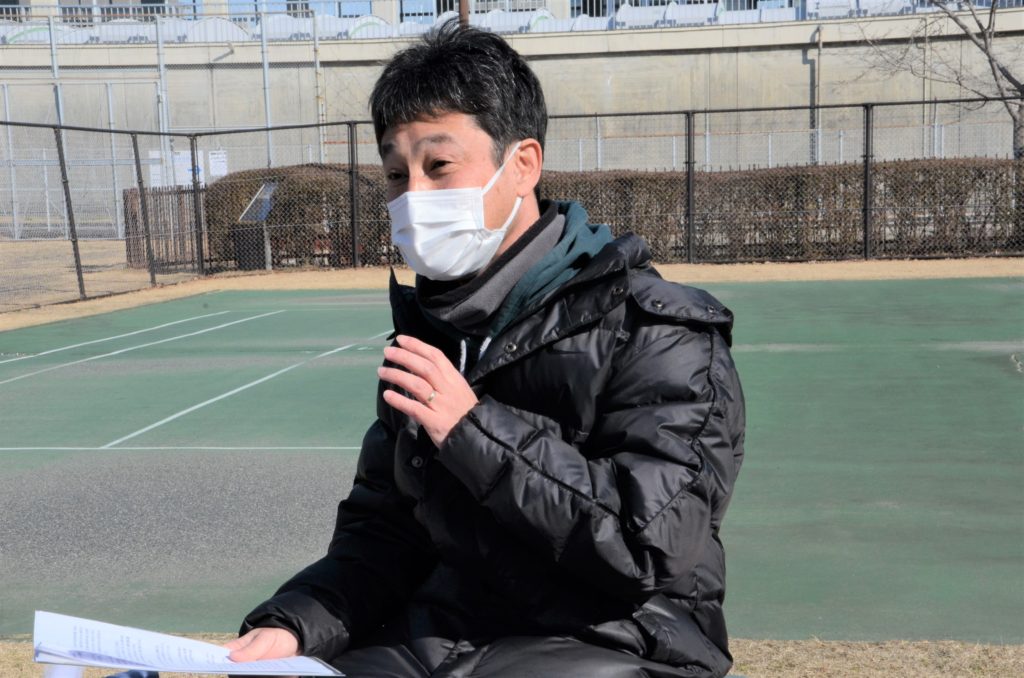
For ESCI tennis, players use a feather-attached sponge ball and wooden rackets a little larger than a table tennis racket. During Japan’s high-growth, economic period, everybody played it, says Yatsurugi.
“Since people could play it even in cramped spaces for short periods, it spread as a lunchtime sport. There was a time when everyone was crazy about it. ESCI tennis courts were even built in the courtyard of prefectural office buildings and company offices.”
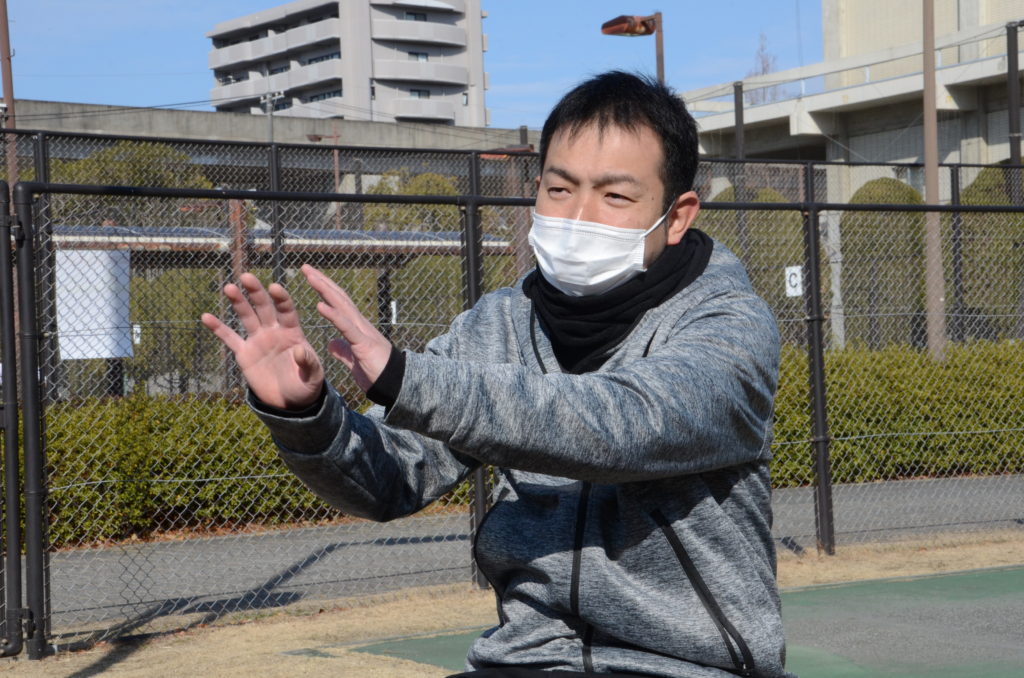
“To perpetuate this sport to the next generation, we want to enjoy it with more people. That’s my son with the racket. He’s the fifth generation of our family,” laughs Unomoto.
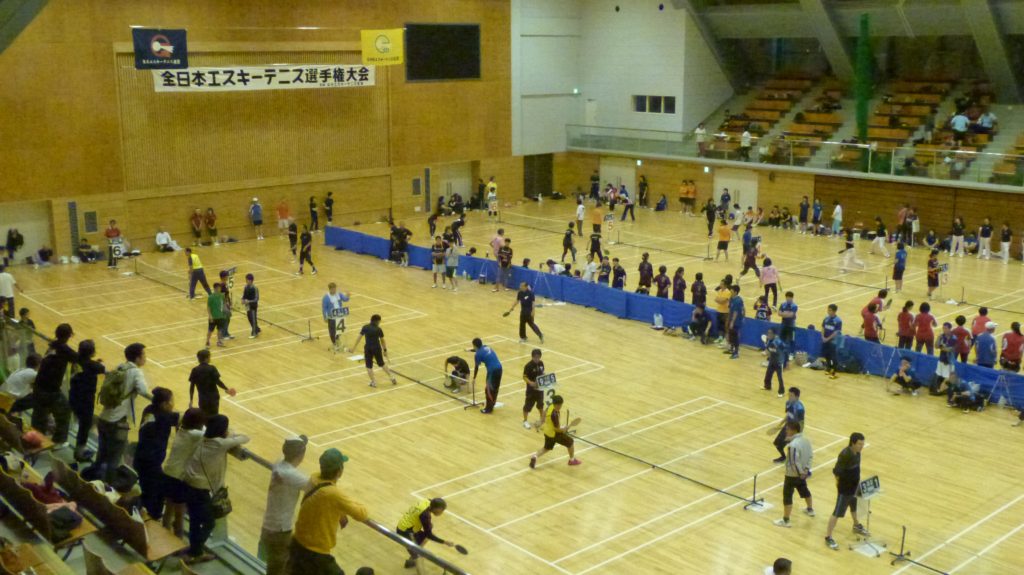
“The great tragedy in Hiroshima on that fateful day, the importance of peace to make sports possible, and the ideas behind ESCI tennis. It is okay for people think about all this after having fun playing it. If this sport prompts people to think about these things, it would serve its purpose.” Both Unomoto and Yatsurugi agreed with this.
Originating and spreading from Hiroshima, ESCI tennis continues to be a symbol of peace. We want many more people to try it and have fun and know how it originated and the ideas behind it.

Japan ESCI Tennis Federation
Phone: 082-251-1436
Address: 2-10-18 Dejima, Minami-ku, Hiroshima
Website: https://www.esci.jp/
Twitter: @HiroshimaesciT (Hiroshima Prefecture ESCI Tennis Federation)
*To play ESCI tennis for the first time, contact us above or contact the Park Management Center (phone 082-224-2543) to use ESCI tennis courts in Shin-ushita Park in Higashi-ku, Hiroshima for free.
Tags associated with this article



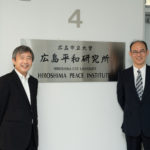

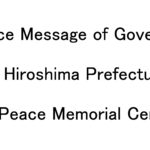
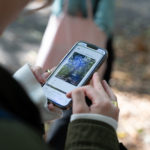
-150x150.png)
